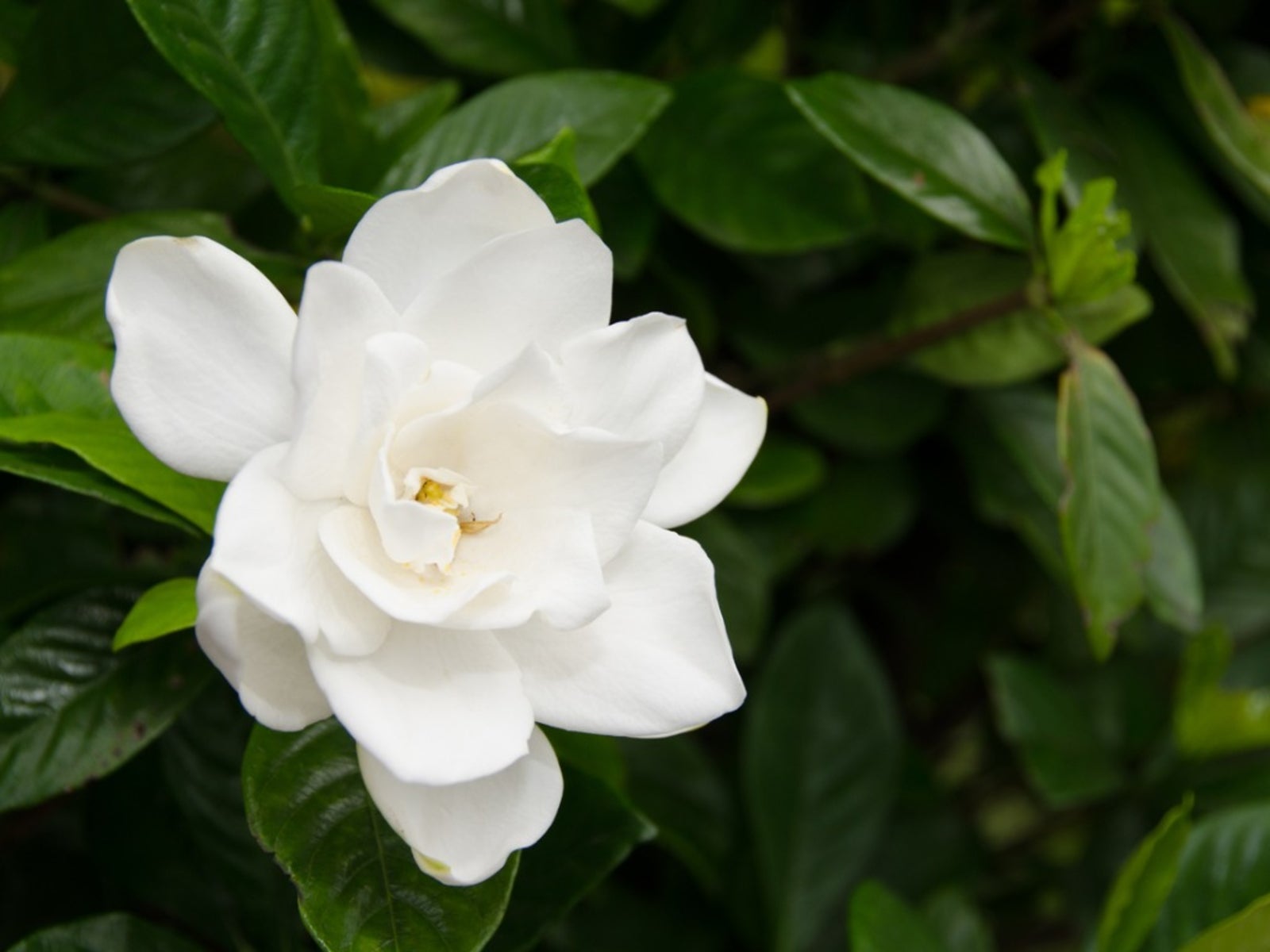Different Gardenia Types: Varieties Of Gardenia Commonly Grown


They're the aroma of romance and soft summer nights. They're the traditional corsages at proms and the boutonnieres of weddings and funerals. They're the scent of springtime in the south. They're the gardenia. Varieties abound, over 250 of them, but all gardenia types have two things in common: their luscious scent and lovely, waxy, white flowers.
Popular Gardenia Types
All gardenia varieties are members of the genus Gardenia and the coffee family, Rubiaceae. Most types of gardenias in the United States stem from the early Gardenia augusta. Due to their fragrant blossoms and thick, attractive foliage, certain types of gardenia are prized as shrubs for their use as hedges and borders and specimen plantings, particularly near walkways and garden seating areas where their fragrance lingers in the evening. Farther north, where the winters are too harsh for the shrub's survival, varieties of gardenia are grown as container plants, spending their summers outdoors and winters inside. The following are some of the most popularly grown varieties of gardenias in the south:
- August Beauty - With large double flowers up to 3 inches (8 cm.) across, this is one of the most frequently found varieties of gardenia. It flowers in early summer and sporadically into fall. It is a large shrub, growing to 6 feet (2 m.) tall and when not in bloom, its perfect large glossy foliage makes an attractive specimen. It is one of the most cold hardy, growing freely up to USDA plant hardiness zone 7.
- Kleim's Hardy - Another hardy type of gardenia, this one has six single petals to each flower with bright yellow stamens. Its large, shining leaves enhance its rounded growth, which can reach 2 to 3 feet (0.5-1 m.) tall and wide.
- Aimee Yashioka - Commonly called Cape Jasmine or Cape Jessamine, these are old-time gardenias. Varieties are known for their intense fragrance and their gorgeous, ivory-white, double blooms that can reach 4 to 5 inches (10-13 cm.) across. These are the specimens that gave the species its reputation. This is a fast growing cultivar that can reach 12 feet (4 m.) or more and as a bonus, blooms twice during the growing season.
- Radicans - Another garden favorite among the smaller gardenia types. It is slow growing and only reaches 24 to 36 inches (61-91 cm.) in height. The foliage is smaller than many other gardenia varieties and sports 2 to 3 inch (5-8 cm.), single petaled flowers that are creamy white. Like its larger cousins, Radicans is deliciously fragrant and blooms later in the season, which makes it a great partner for some of the earlier blooming cultivars.
- Mystery - This medium-sized shrub is also known to be hardy to zone 8. As with most types of gardenia, this one has dark glossy foliage and a heady fragrance. What makes Mystery different among gardenia varieties is that it produces its double, white blossoms from spring until fall. Fully grown, it reaches about 5 feet (1.5 m.) tall and 3 feet (1 m.) wide, making it suitable for areas where larger varieties would overwhelm. This is a lovely addition to add privacy and fragrance to a small patio.
- First Love - Who could resist such a name? It may very well be your first love among the many varieties of gardenia. It's a compact grower that reaches 5 feet (1.5 m.) high and 3 feet (1 m.) wide and is one of the earliest blooming gardenias in the spring. The double blooms are some of the largest to be found and the showy flowers are wonderful for cutting as well as enjoyment outdoors.
These are just a few of the varieties of gardenias that are available through catalogs and local nursery centers. More cultivars await your discovery. If you live in southern climes, one of these beauties is a must for your garden. With all the varieties available, there's sure to be one that fits your needs.
Sign up for the Gardening Know How newsletter today and receive a free copy of our e-book "How to Grow Delicious Tomatoes".

Jackie Rhoades began writing for Gardening Know How in 2010.